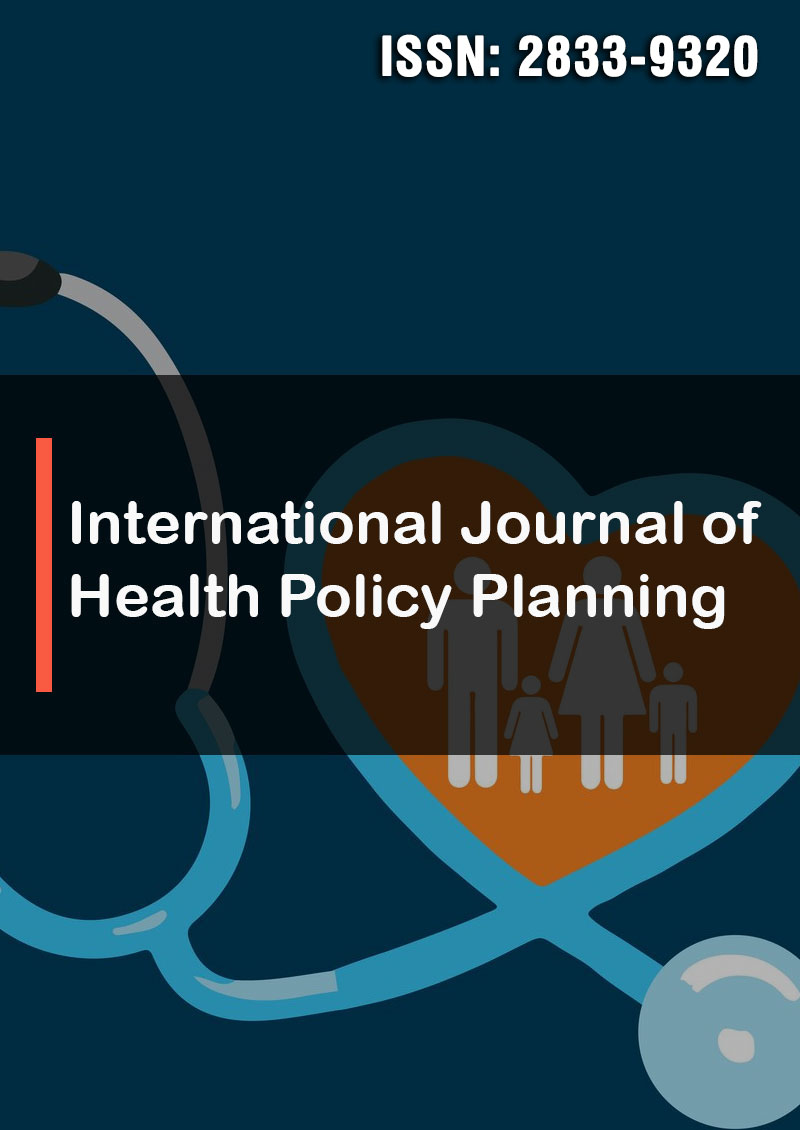Public Primary Health Facilities Autonomy: Findings from Tanzania Star Rating As-sessment
Abstract
Syabo M Mwaisengela, Ruth R Ngowi, Yohannes S Msigwa, Mbwana M Degeh, Laura E Marandu,Chrisogone J German, Joseph C Hokororo, Erick S Kinyenje, Radenta P Bahegwa, Talhiya A Yahya,Mohamed A Mohamed, Omary A Nassoro, Bush N Lugoba, Edwin C Mkwama, Lilian D Lyakurwa,Alpha E Cholobi, Michael Habtu, Eliudi S Eliakimu, Grace E Saguti and Yoti Zabulon
Background: In many countries, health facility autonomy has been a crucial component of health sector reform. Reducing direct government control over public health facilities and increasing their exposure to the market and market-like forces are part of this reform strategy. The degree of financial independence is a crucial characteristic that determines health facility financing and it has an impact on how well public health facilities function. This study aims at ascertaining Primary Health Facilities autonomy in the context of Star Rating Assessment (SRA) in Tanzania.
Methods: This is a quantitative secondary data analysis using the SRA re-assessment data collected in the fiscal year 2017/18. Facility autonomy was measured by the desirable performance of six indicators, namely submission of a health facility plan, having operational bank account, competent handling of funds and financial reporting, deposit of self-generated funds in a facility bank account, health facility receiving any part of budgeted funds for Other Charges (OC) or Health Sector Basket Funds (HSBF) and appropriate expenditure on health commodities as stipulated in Health Facility Plans guidelines. The proportions were compared by using one and two sample proportion Z and chi-square tests. We employed Poisson regression to ascertain factors influencing facility autonomy among public primary health facilities.
Results: This study involved 3,666 PHC facilities, the majority of which were dispensaries (97.6%) and rural located (85.9%). On average, 23.3% of health facilities were autonomous. 60.8% of urban located health facilities (95% CI=56.6%- 65.0%) are autonomous which is higher than 56.7% of health facilities that are located in rural areas (95% CI=55.0%- 58.5%), this difference is statistically significant (p=0.008). On the other hand, 84.6% of district hospitals were autonomous (95% CI=73.3%-96.0%) which is significantly higher compared to 57.0% of autonomous lower-level health facilities (health centers and dispensaries) (95% CI=55.4%-58.7%, p<0.001).
Conclusions: In Tanzanian PHC facilities, public primary health facility autonomy is a challenge. The challenge is more prevalent in rural located health facilities and lower-level PHC facilities (dispensaries and Health centers). Enhancing the effectiveness of Quality Improvement Teams (QITs) and Health Management Teams (HMTs) should be one of the measures considered in order to increase the autonomy of PHC facilities.




